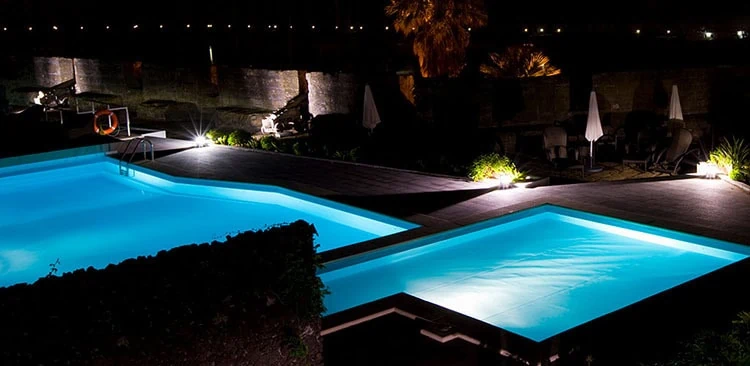Diving into Energy Efficiency: D.O.E Regulations on LED Lights for Pools
Swimming pools are not only a source of leisure and relaxation but also an area where energy consumption can add up quickly. Traditional incandescent or halogen pool lights consume significant amounts of electricity, contributing to higher energy costs and carbon emissions. To address these concerns, the U.S. Department of Energy (D.O.E) has implemented regulations focused on promoting energy efficiency in pool lighting. In this article, we will explore the D.O.E regulations specifically targeting LED lights for pools and their impact on energy conservation.
Understanding D.O.E Regulations on LED Lights: In January 2020, the D.O.E implemented new regulations to improve the energy efficiency of pool lighting. The regulations apply to new installations, replacements, or retrofits of pool lights, requiring the use of energy-efficient light-emitting diode (LED) technology.
Key Aspects of the D.O.E Regulations:
- Energy Efficiency Standards: The D.O.E regulations set specific energy efficiency standards for LED pool lights, mandating that they meet certain efficacy levels. The efficacy is measured in lumens per watt (lm/W), which determines the amount of light output produced per unit of electricity consumed. LED pool lights must meet or exceed the minimum efficacy requirements to comply with the regulations.
- Certification and Labeling: LED pool lights meeting the D.O.E’s energy efficiency standards must undergo testing by accredited laboratories to receive certification. Once certified, these lights are labeled with the ENERGY STAR® logo, indicating their compliance with the regulations. ENERGY STAR® certified LED pool lights are known for their energy-saving capabilities and long lifespan.
Benefits of LED Pool Lights and D.O.E Regulations:
- Energy Savings: LED lights are highly efficient, consuming significantly less energy than traditional incandescent or halogen lights. According to the D.O.E, LED pool lights can save up to 80% or more in energy compared to their less-efficient counterparts. This translates into substantial energy cost savings over the lifetime of the LED lights.
- Longevity: LED pool lights have a longer lifespan than traditional lights, reducing the frequency of replacements and maintenance. The D.O.E regulations, coupled with the inherent durability of LEDs, ensure that pool owners can enjoy prolonged use without worrying about frequent bulb changes.
- Environmental Impact: By reducing energy consumption, LED pool lights help reduce greenhouse gas emissions and lessen the overall environmental footprint. The D.O.E regulations play a vital role in promoting the adoption of energy-efficient lighting solutions, contributing to a more sustainable future.
- Improved Lighting Experience: LED pool lights offer a wide range of color options and customizable lighting effects, enhancing the ambiance and visual appeal of swimming pools. With the advancements in LED technology, pool owners can create captivating lighting displays while still benefiting from the energy efficiency mandated by the D.O.E regulations.
The D.O.E regulations on LED lights for pools mark a significant step towards energy efficiency in the swimming pool industry. By mandating the use of energy-efficient LED technology, these regulations drive the adoption of lighting solutions that not only save energy and reduce costs but also contribute to environmental sustainability. Pool owners and operators can now enjoy the benefits of vibrant and visually appealing lighting while making a positive impact on energy conservation. Embracing LED pool lights is a win-win situation, providing an enhanced swimming experience and a greener future for all.





Leave a Reply
Want to join the discussion?Feel free to contribute!